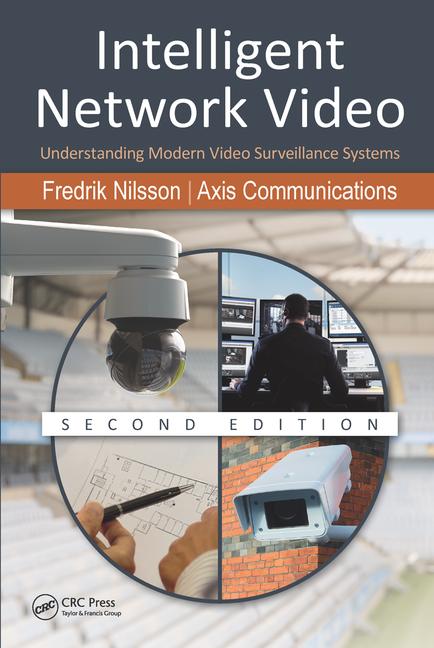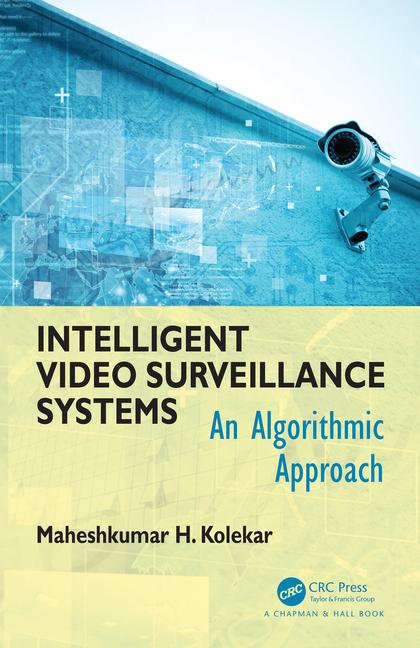Video Verification: Use it Wisely!

Video has limitations? Of course it does, and we know all know it, right? Video of strangers and especially disguised strangers are nothing less than frustrating to investigators. Nuisance alarms are typically the result of user error – human error. A video window opening on a monitor in your central station due to an intrusion alarm is presented to a human who will make a decision based on what is viewed in that video stream. This is another opportunity for human error. Throw in time-tested audio verification and we’re creating a potentially costly combination of good technology controlled by humans capable of drawing incorrect conclusions. So why is it that I advocate the use of video verification? Because it is, like any other solution, a tool – and the old expression of the right tool for the job is applicable with any type of technology.
Video verification features in electronic access control can potentially reduce human error. Video verification in an integrated access control system can provide us with the stored image of a cardholder side-by-side with live video from an access control point. However, how often are these badge images updated and do people really look the same in person or via video as their badge images? That may or may not be critical in all security applications. If a protected area requires a high level of security, biometric solutions are called for in place of, or in addition to video verification. So when is video verification useful in an electronic access control environment? Quite a few places!
Small businesses are obvious candidates for video verification, but we are in the enterprise security business. I’ll use my own application as one example – a university setting. A very common nuisance alarm for us is a door held open signal. Video verification displays a classroom filled with laptops, people seated in front of them and someone in the front of the room speaking to them. It appears that the door has been propped open for an unscheduled class. It would be very unlikely that this many people could conspire to perpetrate a mass theft of laptop computers. The area can be monitored for a bit, via video, without committing additional human response resources.
A rather common fixture in the enterprise is the conference room. Again, it’s a very suitable application of video verification, and I’m sure you can think of areas in your facility where video verification is both a suitable and cost effective tool in reducing nuisance alarms. Even if your access control solution doesn’t offer video verification functionality, it can be accomplished via the alarm outputs that are ubiquitous on today’s IP camera offerings in settings such as this. Let’s expand the execution of video and electronic access control a bit further.
I’m a regular advocate of regarding doors as systems in the access control realm and also video cameras as virtually a standard component in access control. IP video in concert with electronic access control will yield an excellent ROI when applied effectively – the right tool for the job. Keeping the right tool perspective in mind – a video component is not always the right tool for video verification. Once again, I’ll use my environment as an example. No control center staff is given the authority to disregard an alarm based upon what is observed in a protected area via video or video verification. Video is used as a tool for prioritizing an officer response and also utilized for officer safety. Again, no control center staff member has the authority to disregard an alarm. A policy and procedure factor, if you will, and additional training for all staff affected.
Video as a priority setting tool: Consider the example I used of what appears to be an unscheduled class. That door held open alarm is assigned to an officer with a non-emergency priority, and will continue to be monitored until that officer responds and checks the area or chooses not to respond. Policy, procedure and training…
Video as an officer safety tool: The control center staff observes people with tools removing computer workstations and video projectors. That information is provided to officers responding. A screwdriver can become a weapon. Obviously, intrusion alarms with accompanying video displaying forced entry using burglary tools are critical to officer safety. The bottom line: Expanding the use of proper technology will be cost effective in reducing expenses created by existing technology if, and only if, there are additional commitments made in managing expansion. Those additional commitments must include policy and procedure changes, staff training on the existing and new technology and the inclusion of multiple layers of accountability associated with the changes.
Looking for a reprint of this article?
From high-res PDFs to custom plaques, order your copy today!






